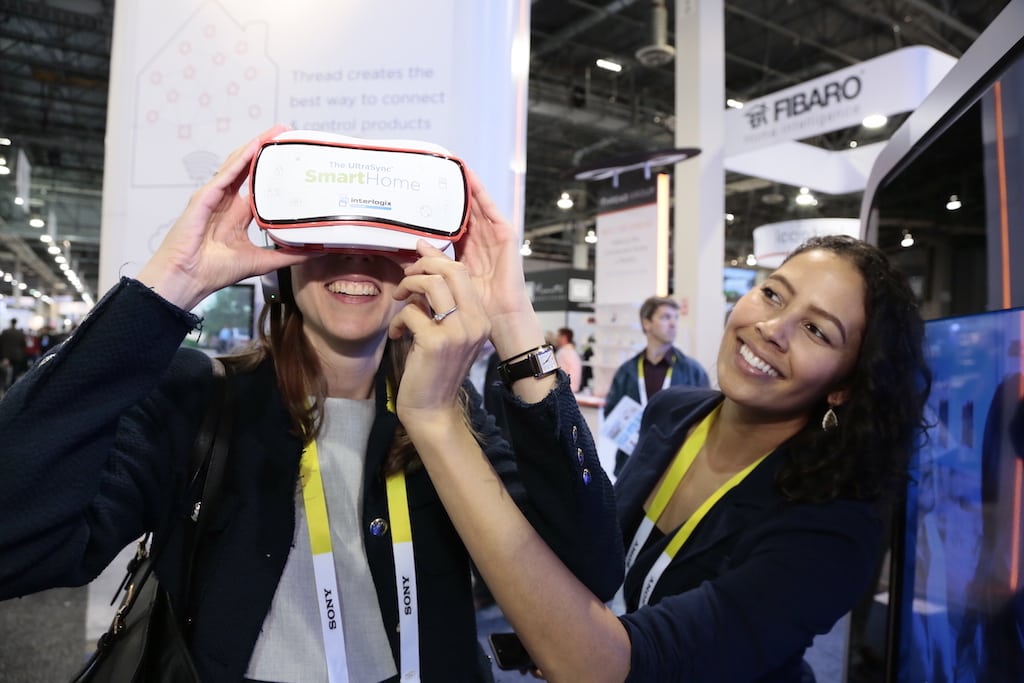Skift Take
CES 2016 shows how conference organizers can reposition an event from a narrow industry focus to a global forum for discussion around larger themes impacting a broader audience.
Over 170,000 people attended the Consumer Electronics Show (CES) in Las Vegas earlier this month, including 50,000 international visitors.
CES 2016 marked somewhat of a transition year for the overall positioning of the conference. The discussion on the trade show floor transcended the individual technology products and services to themes about how technology will impact every facet of our daily lives.
“We’re talking increasingly about what’s technologically meaningful versus technologically possible,” said Shawn DuBravac, Ph.D., chief economist and senior director of research for the Consumer Technology Association, which operates CES.
Driving this shift is what the World Economic Forum is calling the Fourth Industrial Revolution, “characterized by a fusion of technologies that is blurring the lines between the physical, digital and biological spheres.”
Virtual reality, for example, goes mainstream this year when Oculus Rift starts shipping its consumer VR headsets within the first quarter. Oculus Rift secured some of its early seed capital as one of the startup companies in the CES Eureka Park before Facebook scooped it up in March 2014. There were over 500 startups at Eureka Park at CES this year, up from 350 in 2015 and 200 in 2014.
That evolution from a tech gadget show for super geeks to a global hub of conversation around the future of technology as a business driver and mainstream lifestyle experience is significantly expanding the live show ex


